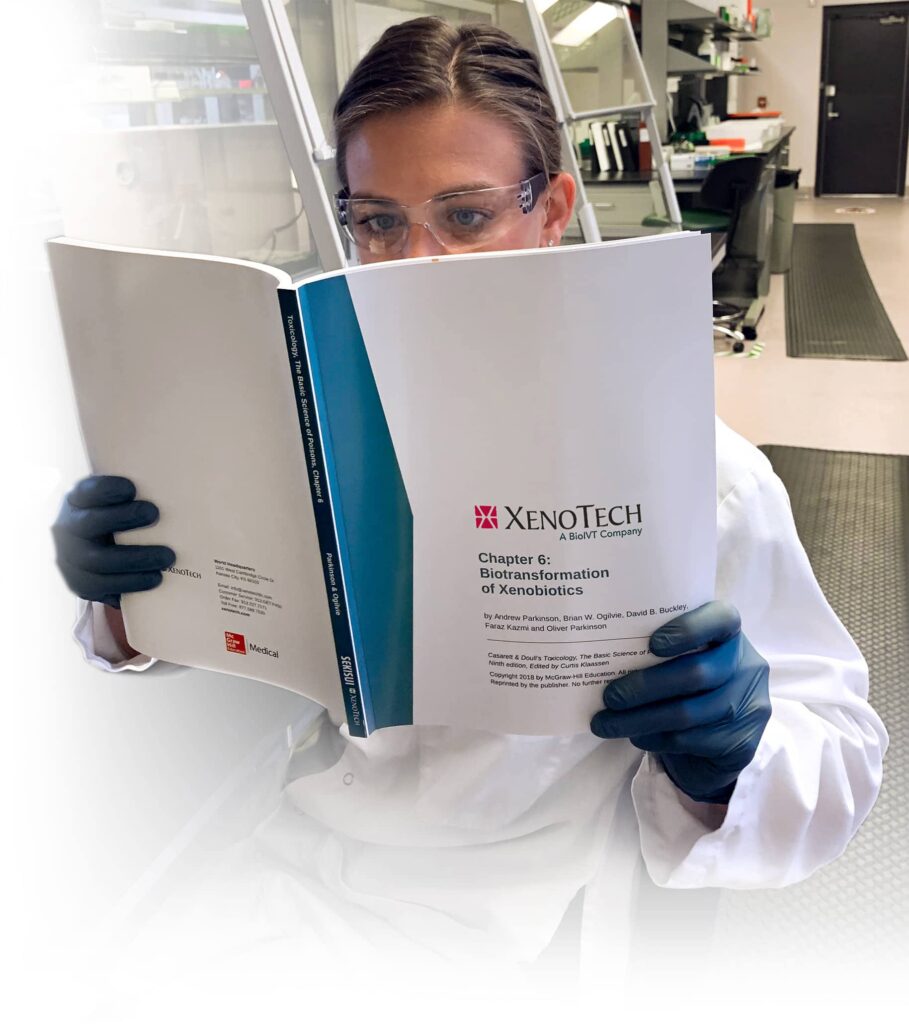
Alcohol consumption uniquely increases hepatic hyaluronan content in patients with liver steatosis
Full Title
Alcohol consumption uniquely increases hepatic hyaluronan content in patients with liver steatosis
Authors
Dr. Maciej Czerwinski1, Jordan Surgnier2, Dr. Sarah E. Tague3 and Dr. Michele T. Pritchard2,1 XenoTech LLC;2
Pharmacology, Toxicology and Therapeutics, University of Kansas Medical Center;3 Kansas Intellectual and Developmental Disabilities Research Center, University of Kansas Medical Center
Abstract
Hyaluronan (HA), an extracellular matrix glycosaminoglycan, is increased in plasma from donors with advanced liver disease and is used as a biomarker to assess liver disease severity. Extrahepatic HA content and its fragmentation are associated with inflammation and/or fibrosis.
In chronic, persistent hepatitis, as compared to normal tissue, HA was increased in fibrous areas around the portal tracts and the central vein, but it was rarely detected in the sinusoidal walls. In chronic, aggressive hepatitis, HA was present in periportal sinusoidal walls in addition to fibrous tissues of the portal tract (Ichida, 1996).
In cirrhotic tissues, as compared to normal, HA was significantly increased in fibrous areas of the portal tract but to a lesser extent in the sinusoidal walls around periportal areas (Ichida, 1996).
In alcoholic cirrhosis, HA was also observed in the sinusoidal wall and fibrous areas around the portal tract and central vein and its abundance in these locations diminished upon alcohol abstinence (Urashima, 1999).
Since hepatic levels and patterns of distribution of HA have not been examined in early liver disease (steatosis), we utilized liver tissue microarrays (TMAs) and histochemical staining with a hyaluronan binding protein (HABP) to determine if hepatic HA increases in donors with steatosis and if HA content is affected by history of alcohol consumption.